Traffic Expert Witness
Traffic engineering plays a crucial role in keeping our roads safe, efficient, and well-organized. As a specialized branch of civil engineering, it focuses on designing and managing roadways to ensure smooth movement for both vehicles and pedestrians. While the fundamentals date back decades such as those outlined Traffic Engineering: What? Why? How?”—the core objective remains unchanged: to create predictable, safe, and efficient traffic flow.
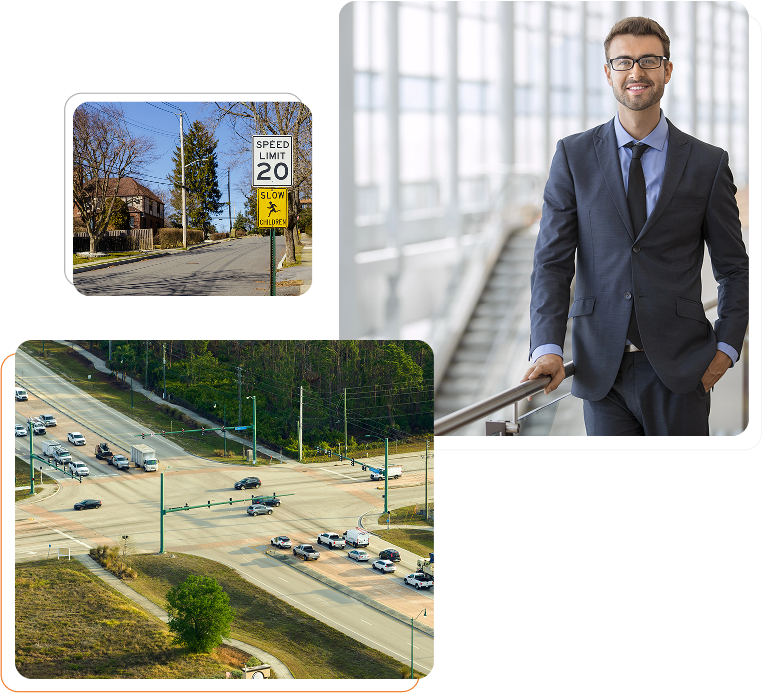

satisfied clients
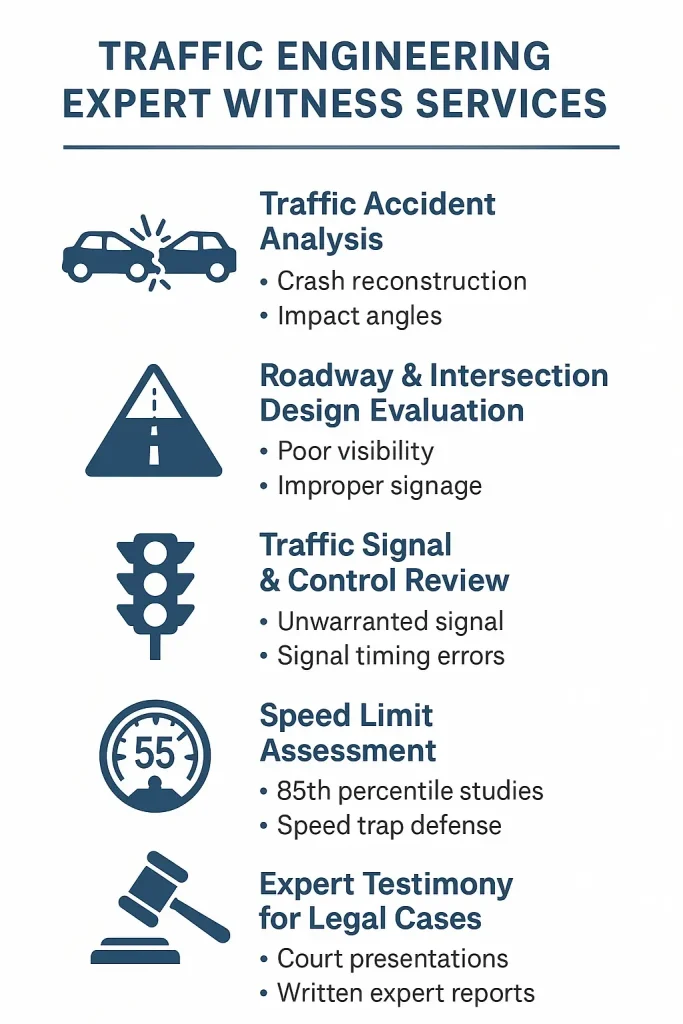
Traffic engineering focuses on how roads, streets, and highways are planned, designed, and managed. It combines engineering with human psychology to solve traffic problems. The goal is to ensure the safe, efficient, and convenient movement of people and goods.
Some people may think adding a traffic signal or dropping a speed limit is an easy fix, but it’s not. In fact, putting the wrong signs or signals in place can confuse drivers and cause more accidents. That’s why trained traffic engineers rely on data, not opinions. They also consider various traffic signal types such as fixed-time, actuated, or adaptive systems—to choose the most appropriate solution based on traffic patterns and safety needs.
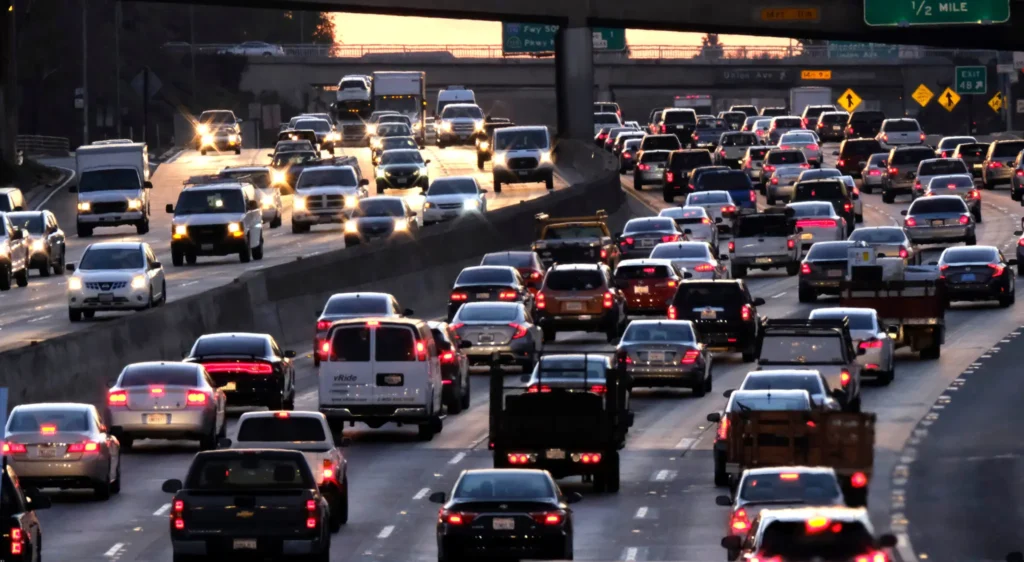
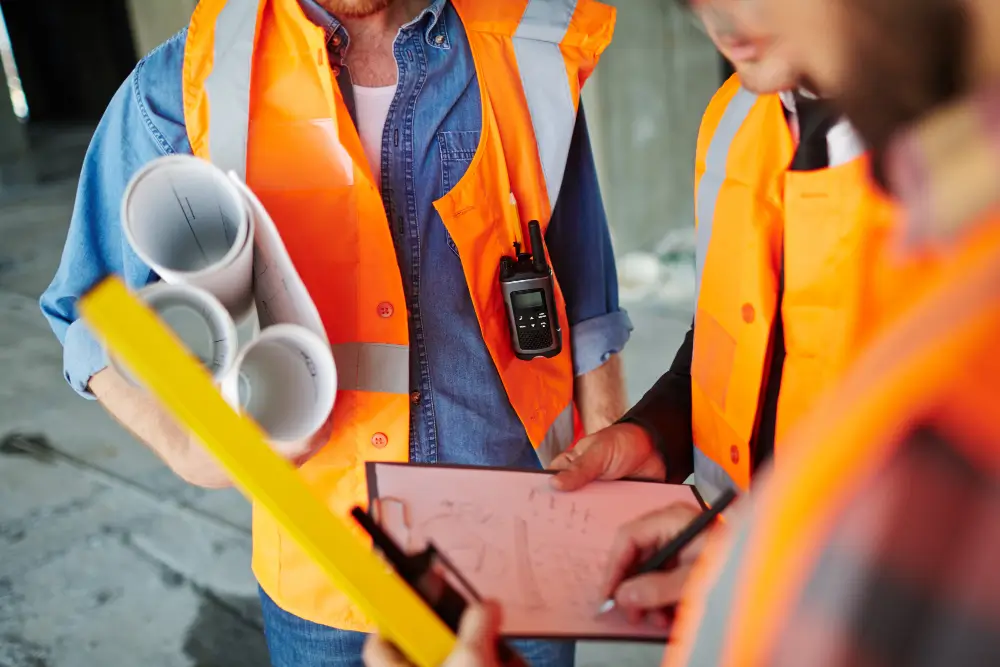
Traffic engineers work much like doctors. When there’s a problem, they study traffic counts, accident history, speed data, and road conditions before suggesting a solution. Whether it’s adjusting lane configurations or optimizing traffic signal timing, their approach is based on evidence and experience not guesses.
Smooth traffic flow often leads to safer roads. Traffic engineers aim to eliminate sudden stops, confusion, and unnecessary maneuvers that increase crash risk. That’s why things like roundabouts, clear signage, proper speed limits, and smart traffic lights matter.
For example, if speed limits are too low or there are too many signs, drivers get confused or frustrated — which can actually increase the chance of an accident. The goal is to create predictability, not obstacles.
Traffic control devices include stop signs, signals, pavement markings, and anything else used to guide traffic. They’re designed and placed based on set rules to help keep everyone safe and moving in the right direction.
Uniformity means using consistent traffic signs and markings everywhere so drivers know what to expect. This makes driving less stressful and improves safety. The Manual on Uniform Traffic Control Devices sets the standard for how these tools are designed and used across the country.
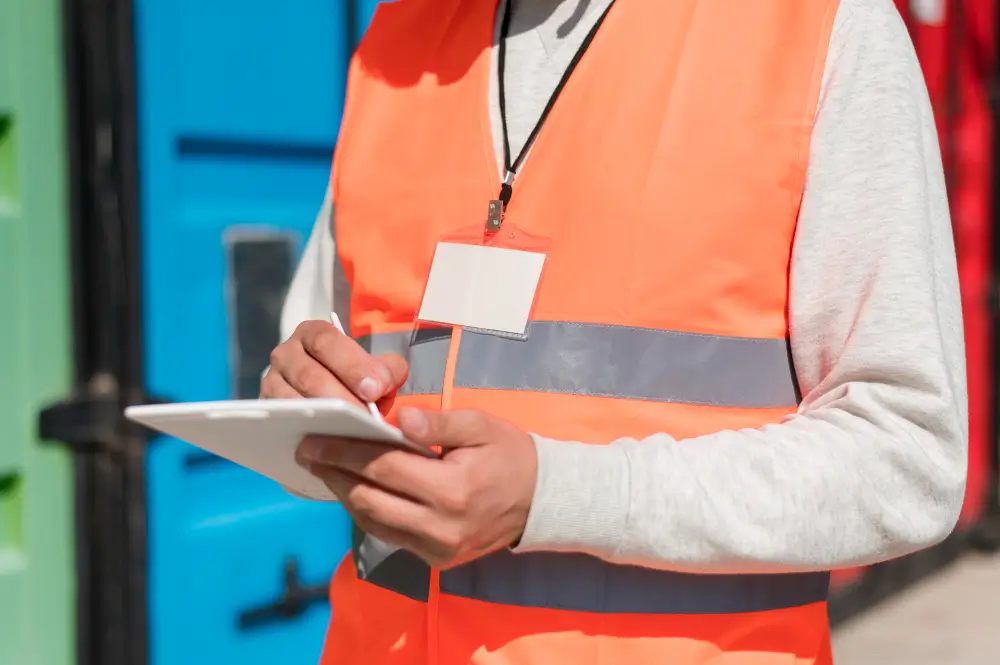
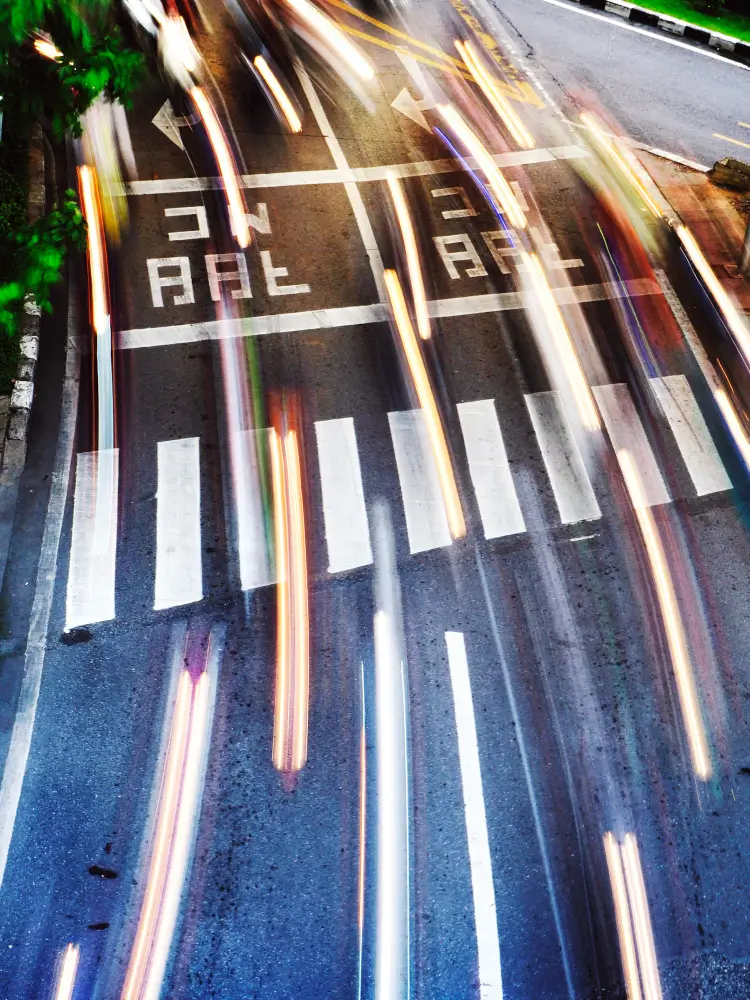
Speed limits are set using studies — not guesswork. Engineers study how fast 85% of drivers naturally go on a road and set the speed limit close to that number. This encourages people to follow the law because it feels reasonable. Unrealistically low limits often lead to violations and unsafe conditions.
Surprisingly, just posting a lower speed limit doesn’t mean people will slow down. In fact, signs that don’t match the road’s design can backfire — leading to more speeding, not less. Setting realistic speed limits helps with smoother traffic flow and better enforcement.
Traffic signals should only be added when they do more good than harm. A poorly placed signal can lead to more congestion and crashes. Engineers decide when signals are needed based on vehicle and pedestrian volume, crash history, and delay studies — not pressure from the public.
Guide signs help drivers get where they’re going using the best routes. While you can’t list every possible destination, good guide signs are simple, clear, and easy to read — especially at highway speeds
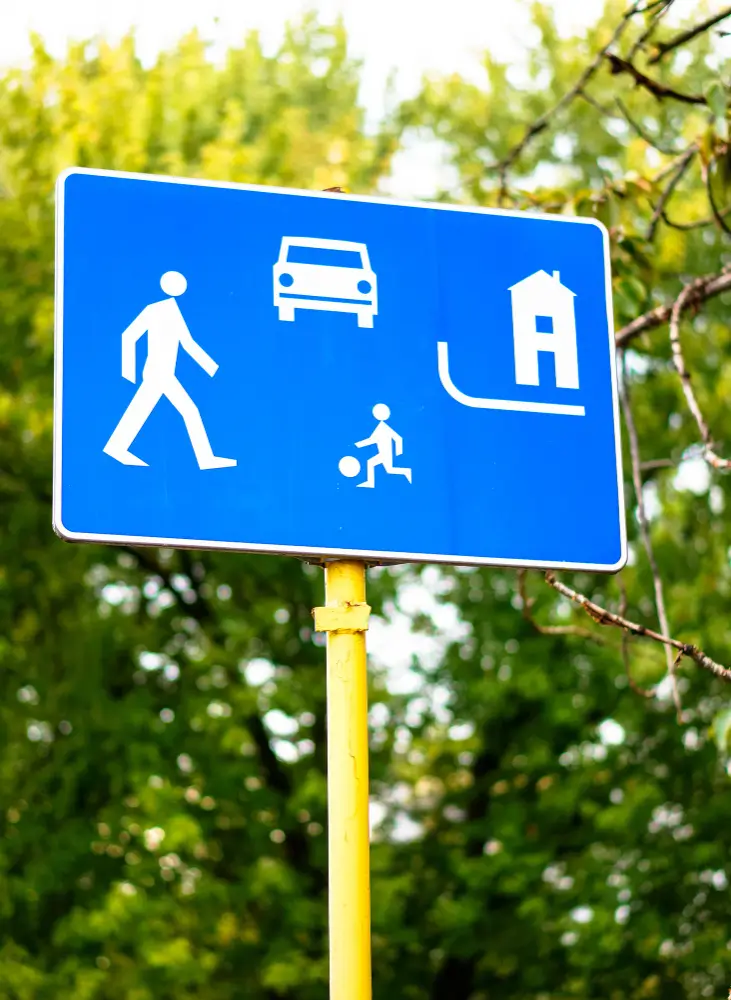
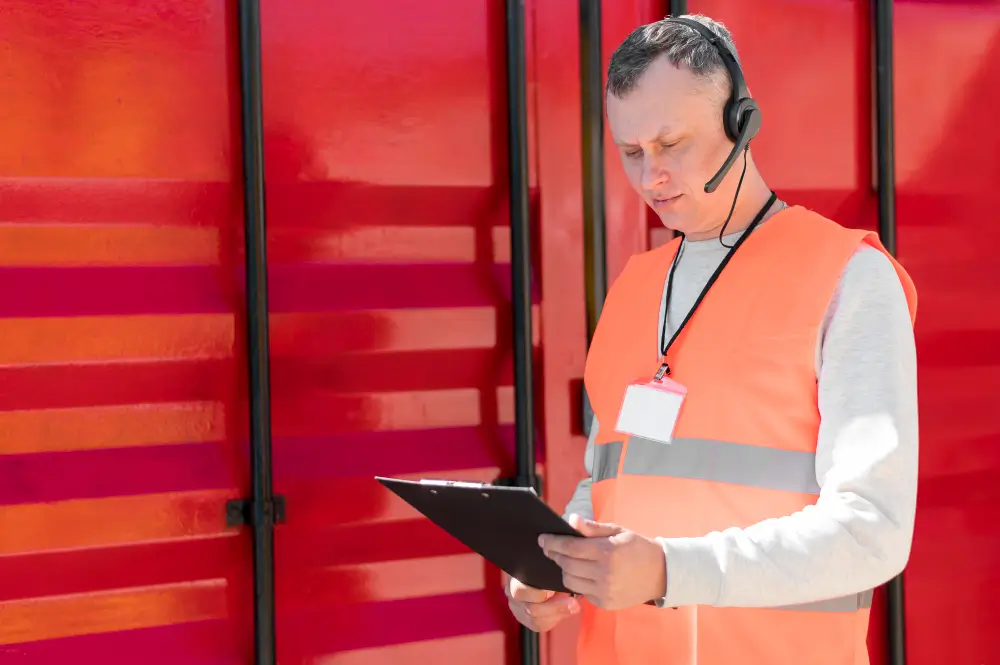
Since drivers can’t read long messages while moving, guide signs usually have no more than three lines of text. These signs include exit numbers, road names, and useful symbols — especially on fast-moving highways where every second counts.
Need Expert Advice?
If you’re a lawyer, city official, or insurance adjuster and need help with crash analysis, traffic control evaluation, or expert witness services, Jeffrey Sanchez, P.E., PTOE is here to help. With over 15 years of experience and industry certifications, he brings trusted insight into complex traffic issues.
I provide attorneys and insurance adjusters in Mesa, AZ with the technical expertise they need in cases involving traffic accidents, roadway design, and traffic control.